A Quick Look at the Moto X - Motorola's New Flagship
by Brian Klug on August 1, 2013 3:00 PM EST- Posted in
- Smartphones
- Qualcomm
- MSM8960
- Motorola
- Mobile
- Android 4.2
- Moto X
- S4 Pro
Touchless Control
Though the UI for the Moto X is indeed stock android basically everywhere ($12.5 Billion later, Google finally killed Motoblur), there are two specific software customizations on the Moto X which are chief differentiators. The first of which is touchless control, which is essentially a combination of always-listening voice command, and Google Now.
The way it works is simple – say “OK Google Now” with the phone in literally any state, and you’ll get dumped into a special Google Now prompt. It works with the phone in standby mode (screen off, powered on, but in deep sleep), or with screen on.
There’s a training initialization which asks you to say “OK Google Now” in a very quiet room three times (I had to lock myself in a bathroom for the meter to register quiet enough) to enable the feature. After that, saying OK Google Now works well and powers on the phone to this menu. Users cannot change the OK Google Now keyphrase to something custom.
For this system, Motorola uses a natural language processor (NLP) of custom design that I haven’t quite tracked down yet. This controller constantly listens on the 3 microphones onboard Moto X for the “OK Google Now” keyword, then wakes up the AP and enables the Google Now prompt. Motorola says it went with this solution to enable always-on voice without killing battery life from running the main AP all the time (which does make sense). It works surprisingly well, maybe even too well, as even after training saying “OK Google Now” can turn on every Moto X around you. Just something to be aware of.
Contextual Processor
The contextual processor powers two other features, active display, and the gesture-enabled quick capture camera.
Active display is Motorola’s solution to the constant device checking and glancing that users do to find out why a notification fired. It’s a view that sits above the lock screen and displays the last few notifications and enables you to dive into the appropriate app that triggered it. Information just appears on the display when it’s in an off state, breathing in and out when the device is face-up on a surface. Otherwise, flipping the Moto X from face down to face up will bring up the display – I can’t screenshot it, this seems to live outside Android entirely.
To get a preview, you can touch the notification, and then drag up. Dragging left or right clears notifications. Dragging up into a notification will dive into the appropriate application.
There are privacy settings to enable or disable how much information you can have displayed on the active display notification screen so this doesn’t bypass if you have a lock screen on purpose.
I leave my phone face-up on my desk instead of face down to prevent screen scratches, where and the Active Display notification screen pulses periodically with the time and when notifications come in. It works well, I just need to spend time with it.
The other contextual-powered feature is quick capture, which is the quick enter camera gesture. Hold the Moto X, flick your wrist like a screwdriver, and you’ll get popped into Motorola’s camera UI for the Moto X.
The UI is very simplified and makes some interesting choices. Tap to focus and expose is disabled by default – instead tapping anywhere captures a photo. Tap to focus can be re-enabled in the settings, which fly out from the left, but now tapping anywhere focuses on that region and captures immediately. I’m not sure if I like this change. The camera sensor is 16:9, and the preview is likewise 16:9, so there’s at least no cropping going on.
The UI includes HDR, flash control, tap to focus enable/disable, slow motion video (720p60), panorama, location tagging, shutter sound, and the flick gesture enable/disable. What’s missing is photosphere support, unfortunately. Dragging right gets you into the gallery, and there are buttons for changing to the front facing camera and taking video instead of photos. This is sort of a tweaked Android 4.2/4.3 camera UI, with stuff just moved around and photosphere removed.
I’ve done some digging around and believe that Motorola is using a TI MSP430 microcontroller for its contextual processor, as this seems to do at least sensor fusion for the different situational positions. I’m not sure if this also powers the active display functions but wouldn’t be surprised if it did.


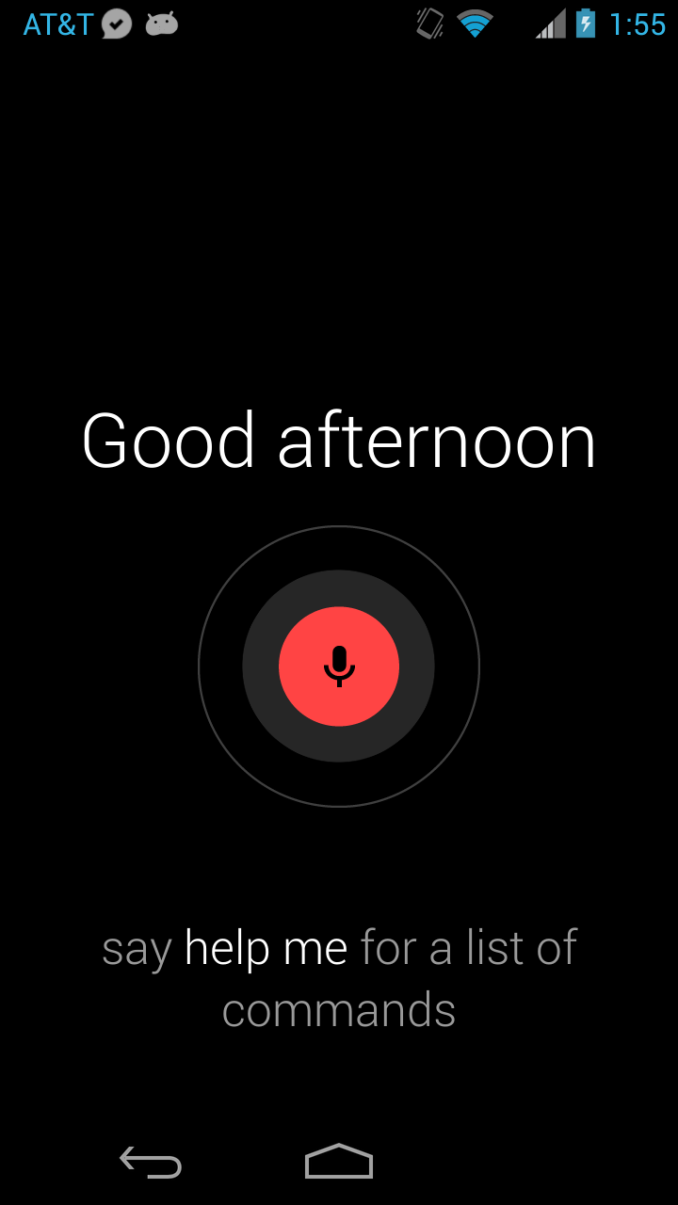
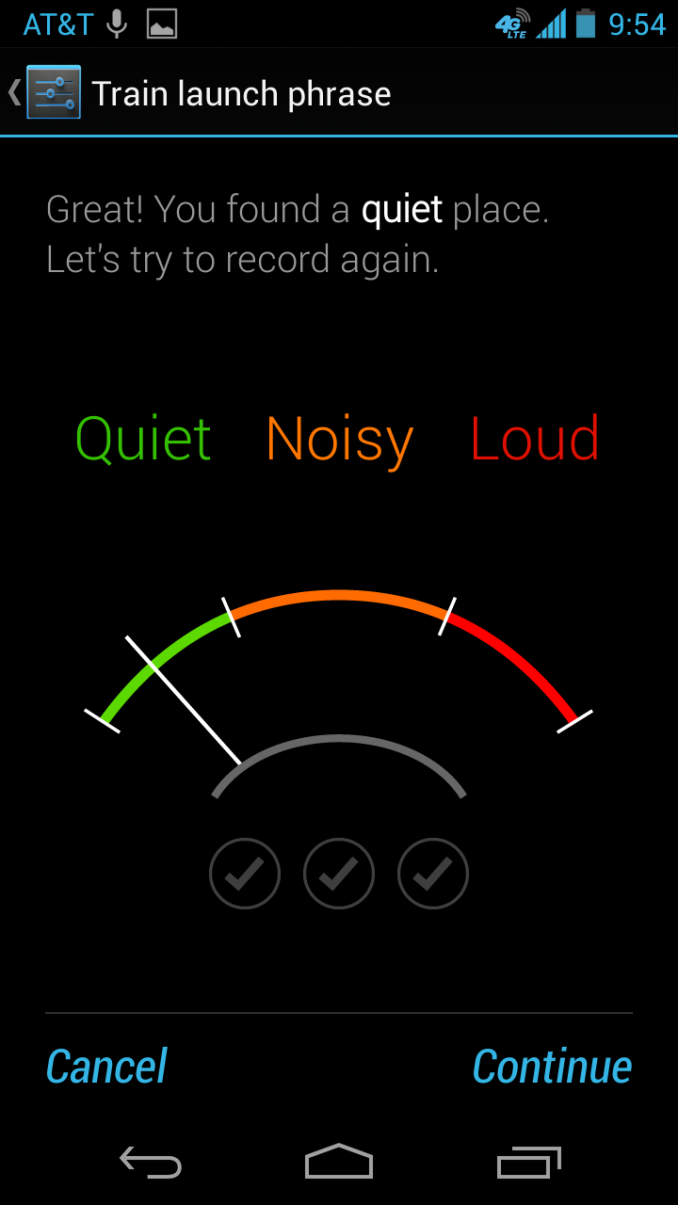
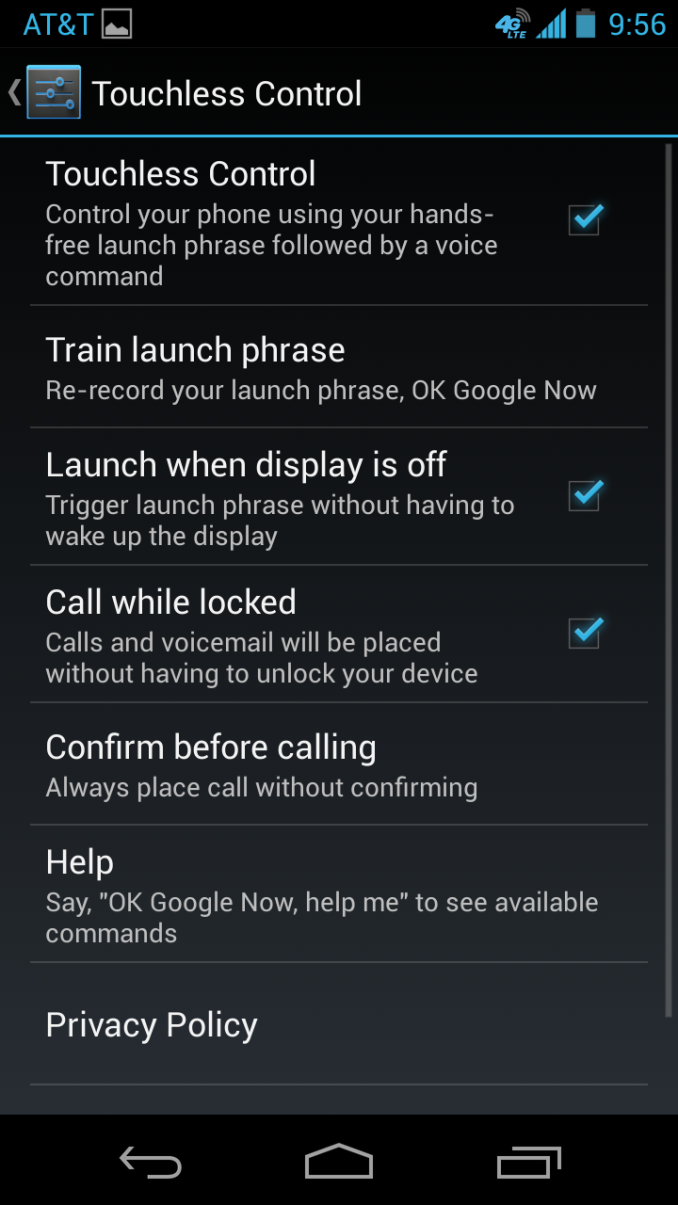
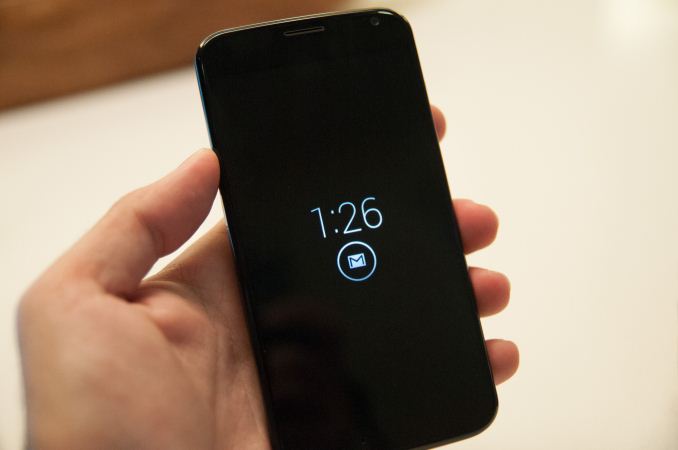
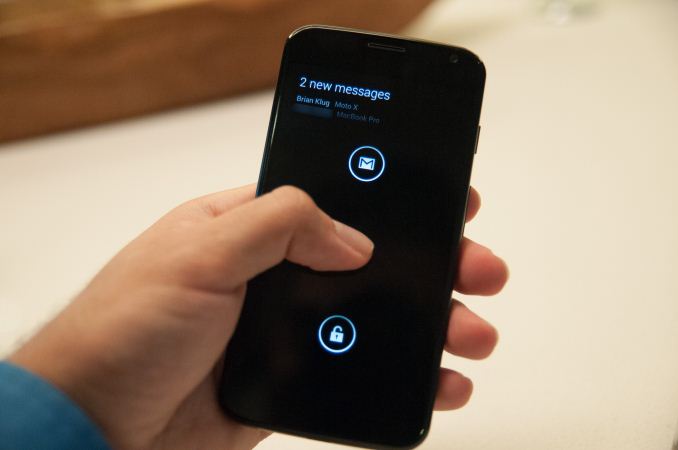
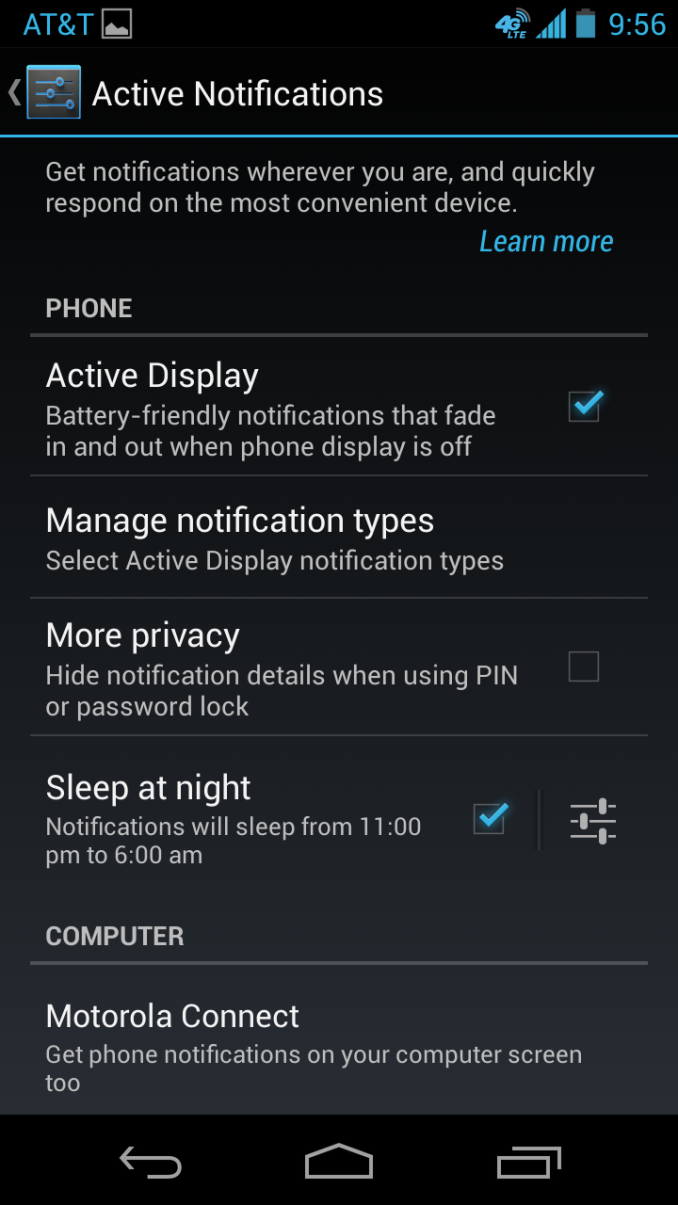
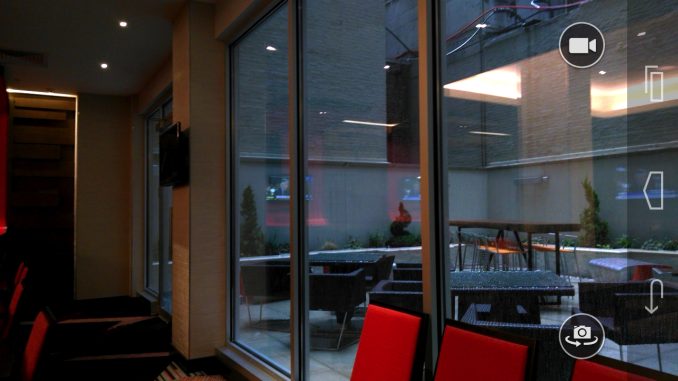
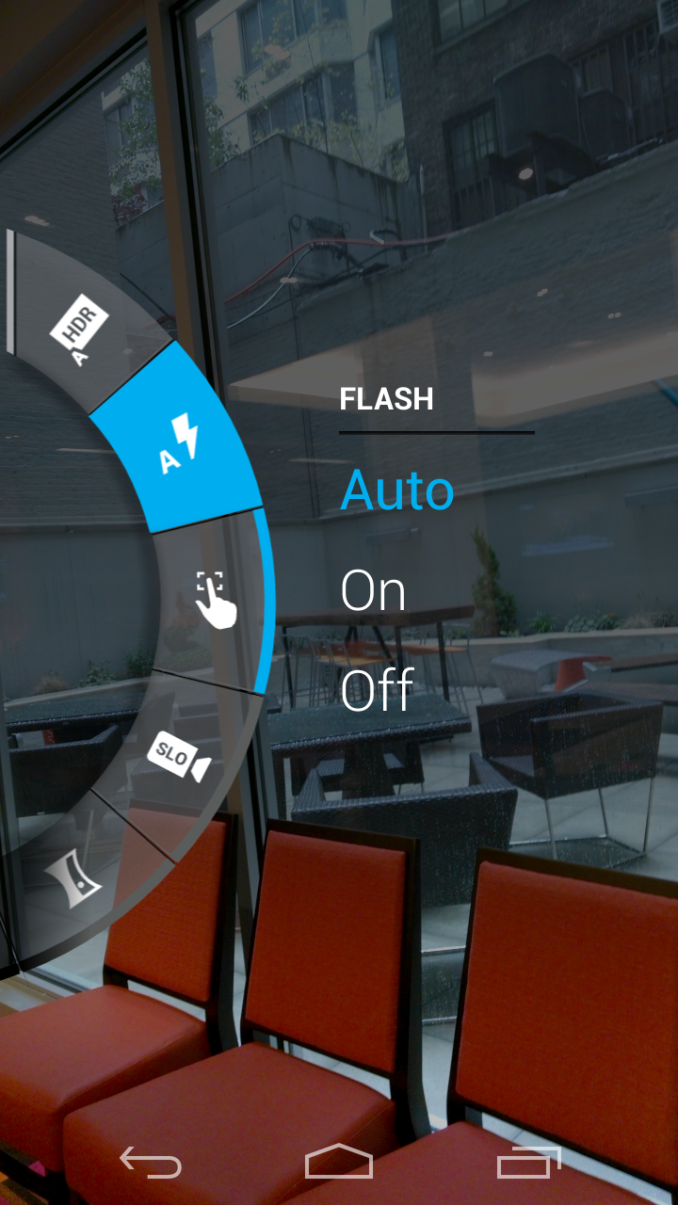








162 Comments
View All Comments
ollienightly - Monday, August 5, 2013 - link
In actuality the newer batches of the older named S4 have exactly the same Krait 300 cores, just as found in the new Nexus 7. It would be insane for Qualcomm to make both 200 and 300 based chip at the same time considering they cost pretty much the same.jleach1 - Wednesday, August 7, 2013 - link
They're talking about the Galaxy S4. Discern the difference.Jorgisven - Friday, August 2, 2013 - link
S4 (snapdragon) ≠ SGS4. The SGS4 uses the 600 or 800 Snapdragon, which is what you describe (and also has the possibility of Krait 400, if it's the 800). The SGS4 does not use the Snapdragon S4, which almost all models use a dual-core Krait, with one model exception (APQ8064) that uses quad core Krait.ollienightly - Monday, August 5, 2013 - link
apparently you can't read properly, how do you find a G"S4" inside the "US versions of the One X and SIII" ?jleach1 - Wednesday, August 7, 2013 - link
The cores might be modular, but the design is not. An SoC is not a ram slot. You don't take a silicon wafer, and plop a couple, or a few cores in it and call it a day. This isn't an Intel or AMD CPU either, whrere the processors are the same, just with a varying amount of cores disabled. You don't even take into account the GPU, or the rest of the System.khanov - Thursday, August 1, 2013 - link
You both will be very happy to have a spare, user-replacable battery when your original battery dies. I had a RAZR V and the battery (not user-replaceable) lasted just over one year. Out of warranty Moto wanted $150 to fix it.I won't ever buy a phone that does not have a user-replaceable battery again.
jbrandonf - Friday, August 2, 2013 - link
At that point your warranty is already up, find a computer repair shop and have someone do it for less than a hundred bucks.Hrel - Friday, August 2, 2013 - link
Shouldn't have to do that at all though, I can get over the SD card, it's nice to have but as long as the device can function as simple external storage in Windows I'm fine. User replaceable battery really isn't optional for anyone who keeps their phone for 2+ years. Which, if you change your phone more than that you're just too rich to even know what to do with yourself.darwinosx - Friday, August 2, 2013 - link
That's a crap battery and before long there will be no phones with replaceable batteries or sd card slots so get used to it.krutou - Friday, August 2, 2013 - link
And I've been using a Samsung Focus for the last 3 years and have never had to replace the battery.The problem is with the phone, not the fact that its not replacable.